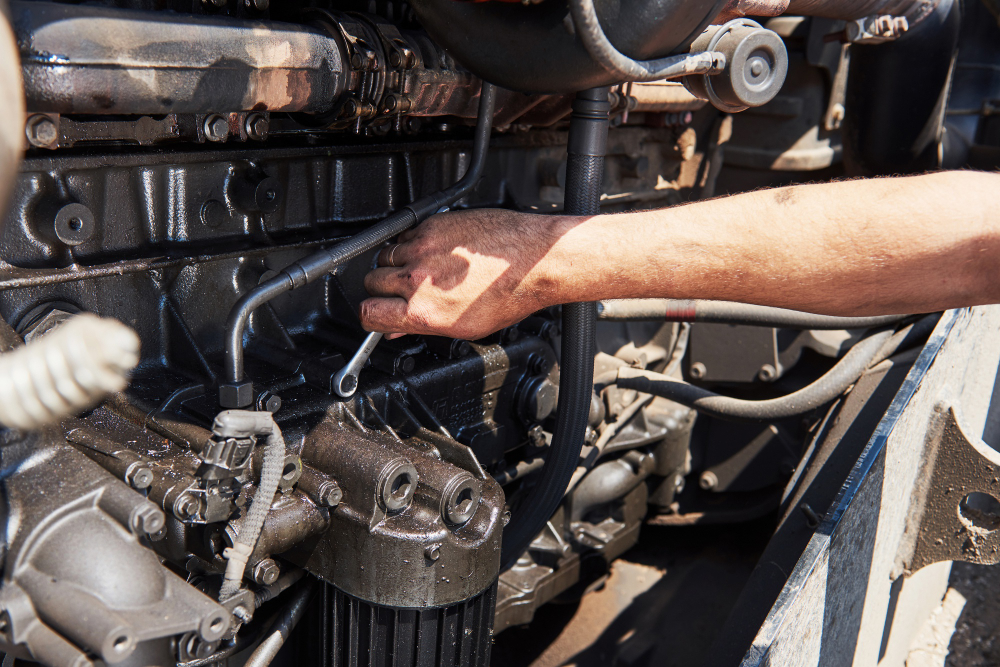Every time you turn the key or press the start button in your vehicle, a small but mighty component jumps into action—the starter motor. Though it only runs for a few seconds, the starter motor plays an essential role in getting your engine up and running. Without it, your vehicle wouldn’t even begin to operate.
Let’s take a closer look at how this crucial component works, the different types available, and the signs it may need attention.
What is a Starter Motor?
The starter motor is an electric motor responsible for turning over (cranking) the internal combustion engine to initiate the engine’s operation. It draws electrical power from the vehicle’s battery and uses it to spin the engine’s flywheel, which begins the combustion cycle.
Once the engine starts and can run on its own, the starter motor disengages.
How Does It Work?
Here’s a simplified breakdown of what happens when you start your car:
-
Ignition Activation: Turning the key or pressing the start button sends a signal to the starter solenoid.
-
Solenoid Engages: The solenoid acts like a switch, allowing electrical current to flow from the battery to the starter motor.
-
Motor Turns the Engine: The starter motor spins the engine’s crankshaft via the flywheel.
-
Engine Starts Running: The combustion process begins, and the starter disengages automatically.
Types of Starter Motors
There are a few different designs used depending on the engine size and vehicle type:
-
Conventional (Direct Drive) Starters: Common in older vehicles, using a direct gear connection to the flywheel.
-
Gear Reduction Starters: Use additional gears to improve torque and are more compact and efficient.
-
Inertia Starters: Rely on a spinning gear to engage the flywheel—less common today.
-
Permanent Magnet Starters: Lightweight and efficient, often used in small engines.
Common Symptoms of a Failing Starter Motor
Like any component, starter motors can wear out over time. Watch out for these signs:
-
Clicking Sound: A single click when turning the key may indicate the solenoid is working but the motor isn’t.
-
Grinding Noise: Often a sign of worn gears or a misaligned pinion.
-
No Crank: Total silence when starting may suggest electrical failure or a dead motor.
-
Intermittent Starting: If the engine sometimes cranks and sometimes doesn’t, the starter may be failing.
Maintenance Tips
Although starter motors are generally low-maintenance, you can extend their life with a few practices:
-
Keep battery terminals clean and tight—a weak electrical connection affects starter performance.
-
Check the battery health regularly—low voltage can overwork the starter.
-
Avoid “cranking” the engine for long periods—it can overheat the motor.
Final Thoughts
The starter motor may be small, but it’s indispensable. Without it, even the most powerful engine won’t turn over. As vehicles evolve with start-stop systems and hybrid drivetrains, starter technology continues to advance—but the core job remains the same: getting you on the move.
Whether you’re a DIY mechanic or just a curious driver, understanding how your starter motor works can help you recognize issues early and keep your vehicle running smoothly.






